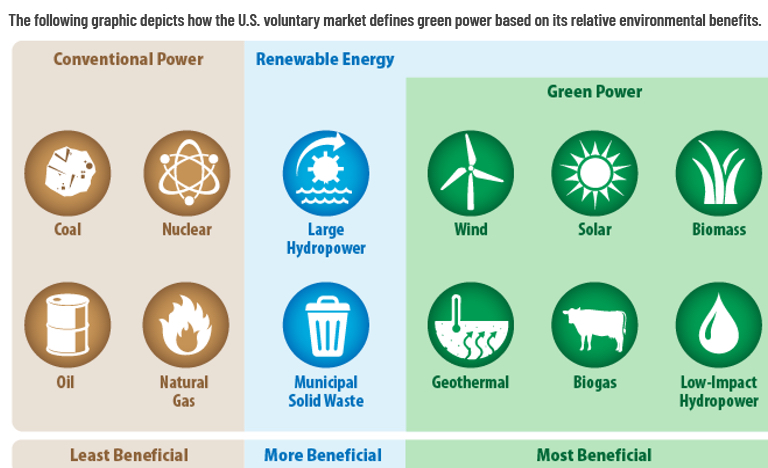
Unlocking the Power of Sustainability: A Comprehensive Guide to Understanding Green Power
In a world increasingly focused on sustainable living, understanding green power is essential for individuals and communities alike. Green power, often synonymous with renewable energy, harnesses the Earth’s natural resources to generate electricity in an environmentally friendly manner. This comprehensive guide aims to shed light on the intricacies of green power, providing insights into its benefits, sources, and how individuals can contribute to a greener future.
1. The Basics of Green Power
Green power refers to electricity produced through environmentally sustainable means. Unlike traditional sources such as fossil fuels, green power minimizes harm to the environment by utilizing renewable resources like sunlight, wind, and water. This form of energy production is a critical component of the global effort to reduce carbon emissions and combat climate change.
2. Types of Green Power Sources
Understanding green power involves familiarizing oneself with the various renewable energy sources. Solar power, derived from the sun’s energy, is harnessed through solar panels. Wind power utilizes the kinetic energy of the wind, often captured by wind turbines. Hydroelectric power taps into the energy of flowing water, while geothermal power harnesses heat from the Earth’s interior. Each source has its unique benefits and applications.
3. Environmental Benefits of Green Power
One of the primary advantages of green power lies in its environmental benefits. Unlike conventional energy sources that release harmful pollutants and contribute to climate change, green power sources produce minimal or no emissions. Choosing green power helps reduce air and water pollution, conserve natural resources, and mitigate the impact of climate change on our planet.
4. Economic Advantages for Individuals and Communities
As the green power sector continues to grow, it presents economic advantages for individuals and communities. Investing in renewable energy sources can lead to cost savings over time, as many green technologies have lower operating and maintenance costs. Additionally, the development of green power projects can create jobs and stimulate local economies.
5. Government Incentives and Policies
Understanding green power also involves staying informed about government incentives and policies that promote its adoption. Many governments around the world offer tax credits, subsidies, and other incentives to encourage individuals and businesses to invest in renewable energy. Keeping abreast of these policies can make adopting green power more financially viable.
6. Challenges and Solutions in Green Power Implementation
While green power offers numerous benefits, it is not without its challenges. Issues such as intermittent energy production and initial high installation costs have been hurdles to widespread adoption. However, ongoing technological advancements and increased public awareness are driving solutions to overcome these challenges.
7. How Individuals Can Contribute
Individuals play a crucial role in the transition to green power. Simple lifestyle changes, such as reducing energy consumption, using energy-efficient appliances, and supporting renewable energy initiatives, can make a significant impact. The choice to switch to green power providers also empowers individuals to align their values with their energy consumption.
8. The Future of Green Power
The future of green power looks promising as technology continues to advance and global efforts to combat climate change intensify. Innovations in energy storage, smart grid technology, and the development of new renewable sources are shaping a future where green power becomes more accessible, reliable, and integral to our energy landscape.
9. Case Studies: Green Power Success Stories
To gain inspiration and practical insights into successful green power initiatives, explore real-life case studies at How to Understand Green Power. These stories highlight diverse approaches to implementing green power solutions, showcasing the positive impact on the environment and communities.
10. Embracing a Sustainable Future
In conclusion, understanding green power is not only about recognizing its importance but also actively participating in the shift towards a sustainable future. By educating ourselves, supporting green initiatives, and making informed choices, we contribute to a cleaner, greener world for current and future generations. Embrace the power of sustainability and be a catalyst for positive change in the way we generate and consume energy.


